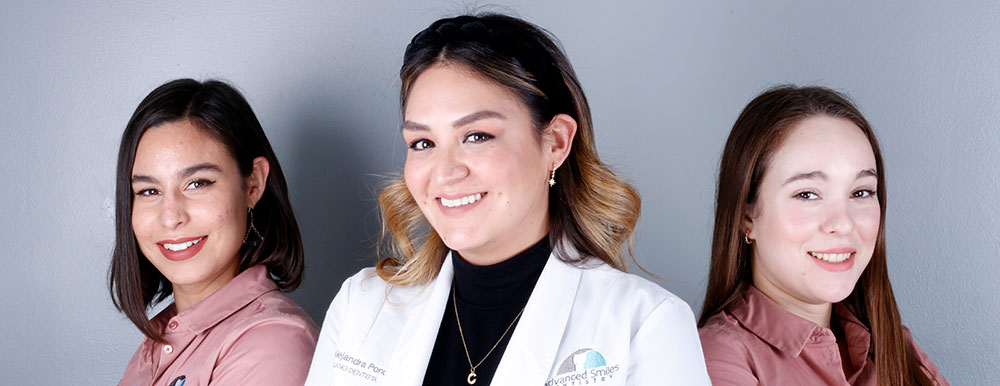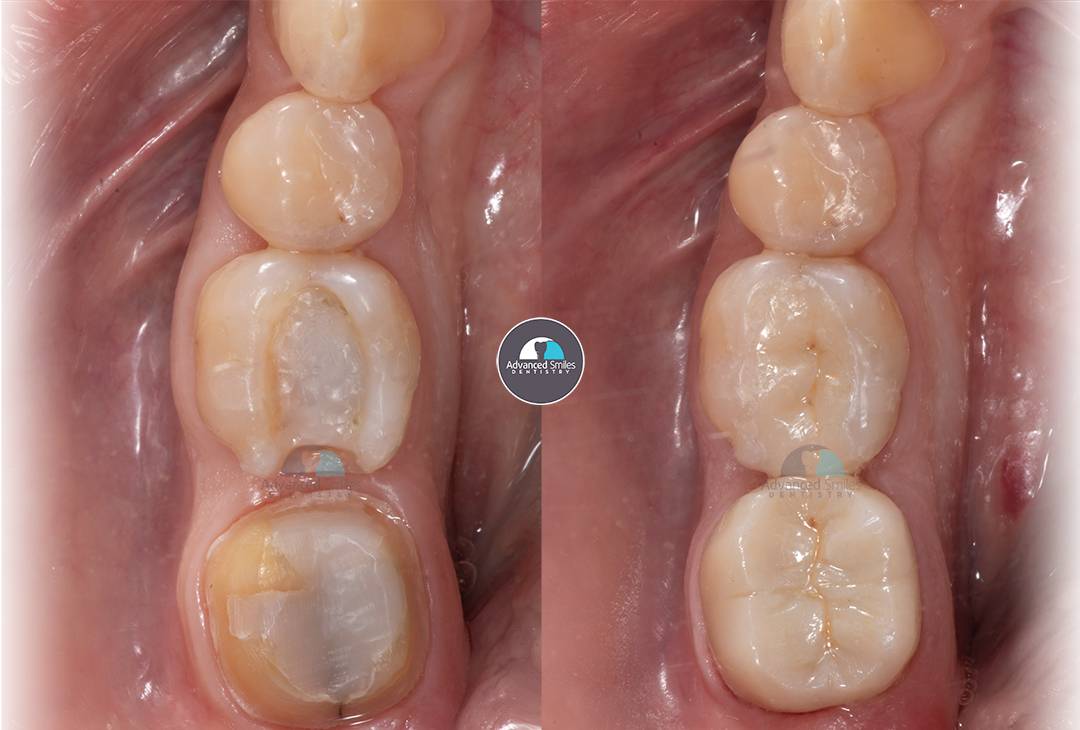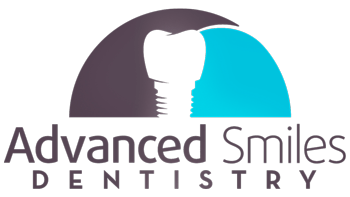
INLAY/ONLAY
Both restorations are used in the posterior teeth (molar and premolars). They are a single costume
made solid piece material made in the lab, used to fill/cover a cavity. The inlay fills
the area between the cusps and the onlay covers the cusp of the tooth, but not all of them.
This type of treatment provides a conservative option to restore a tooth without needing a crown,
because they are precisely made in the size and shape of the cavity space.
An inlay is needed when the cavity is too large or wide, without involving any cusp,
that cannot be filled with a simple composite filling; it is also common to need
an inlay after a replacement of an old amalgam restoration or a huge composite restoration.
In the other hand, an onlay is needed when the cavity is too large or wide, involving
cusps, but not all of them; also, if the tooth suffered a cusp fractured but still have
enough remain healthy tooth structure so we don’t have to trim that structure as for crowns.
The most common material is the porcelain inlay/onlay. But it can also be made of
zirconia or gold. The porcelain restoration material provides long lasting, esthetic,
stain-resistant and an effective bond between the tooth and the restoration.
It takes two appointments to complete the treatment.
Preparation: Numb the area. Isolate the teeth to work on with a rubber dam and
clamp. Make the tooth preparation by eliminating the cavity or removing old
restorations. Take the cavity impression which is going to be send to the lab for the
inlay/onlay fabrication. It takes 5 to 7 business days to be made. In the meantime,
the patient will leave the office with a temporary restoration acrylic/resin based.
Placement: Numb the area. Remove the temporary restoration, fit the inlay/onlay,
take an x-ray to corroborate the proper sealing of the restoration. Some adjustment
can be needed in order to fit perfectly the restoration, and the occlusion as well. After
everything fits well, the restoration has to get cleaned, and the tooth must be isolate
with rubber dam and a clamp, clean and prepare the tooth structure to receive the
inlay/onlay with the resin-based cement. A blue light will be used to complete the
cementation process. Excess of cement must be removed and a final x-ray must be
taken to ensure the perfect bond.



